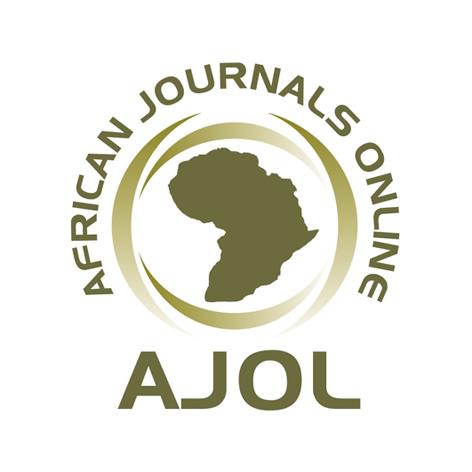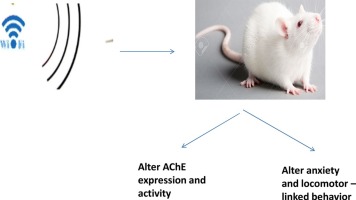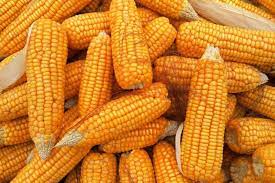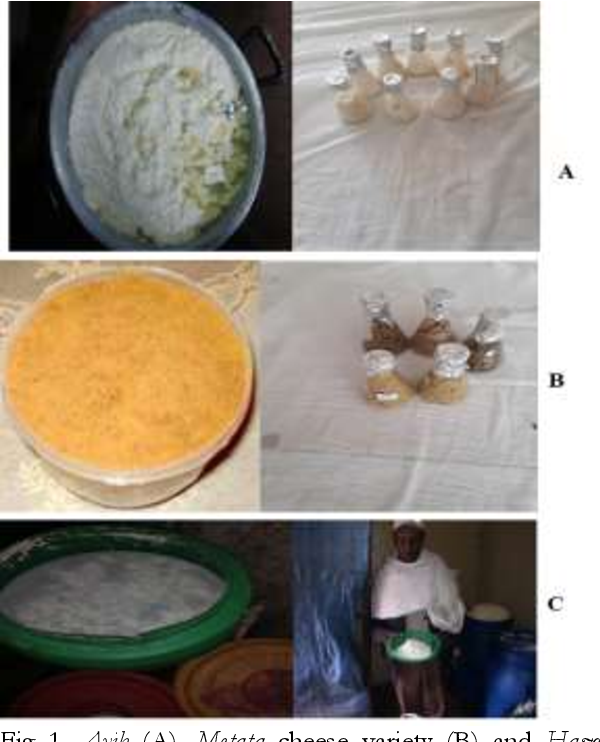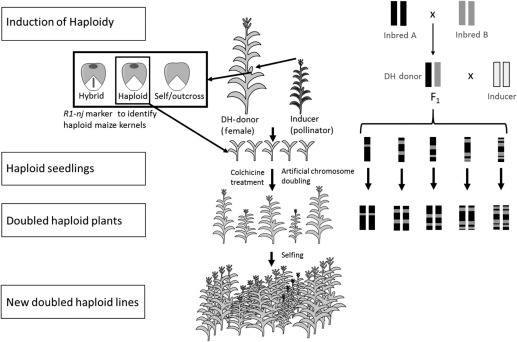Registration of “Takusa” Tef [Eragrostis tef (Zucc) Trotter] Variety
Additional Files
Background: Tef is the most important staple food and it takes the largest share in annual area crop
coverage in Ethiopia. However, the productivity of the crop is far below its potential. Limited availability
of stable and high yielding improved varieties and wider use of low yielding farmers’ cultivars is one of the
major factors constraining tef productivity.
Objective: The objective of the research was to identify and release stable and high yielding tef genotypes
with desirable agronomic and morphological traits
Materials and Methods: Eighteen tef genotypes including Takusa [DZ-01-974*GA-10-3 (RIL-104)] plus
the standard (Abay) and local checks were evaluated in a regional variety trial at Adet, Mota, Bichena, Takusa
and Alem Ketema districts in northwestern part of Ethiopia during the 2018 and 2019 main rainy cropping
seasons in a randomized complete block design.
Results: The results of the combined analysis of variance for grain yield across 10 environments revealed
that the new variety, Takusa was the highest yielder among the tested genotypes. The results of genotype
plus genotype by environment interaction (GGE) biplot analysis revealed that Takusa was the most stable
and high yielding (2.4 t ha–1
) genotype from among the tested genotypes. It showed 16.7% yield advantage over the standard check, Abay.
Conclusion: Takusa gained farmers’ acclaim and acceptance for its high grain and biomass yields, wider
adaptation and other desirable agronomic and morphological traits such as white seed color, medium time
of maturity, and moderate tolerance to lodging. Takusa tef variety was officially approved for cultivation in
2021 in Adet, Mota, Bichena, Takusa, Alem ketema and similar agro-ecologies in Ethiopia.
Abate Bekele, Solomon Chanyalew, Tebkew Damte, Nigussu Husien, Yazachew Genet, et al. 2019. Cost-benefit analysis of new tef (Eragrostis tef) varieties under lead farmers’ production management in the Central Ethiopia. Ethiopian Journal of Agricultural Science, 29(1): 109–123.
CSA (Central Statistical Agency). 2020. Agricultural sample survey 2019/20 volume I. Report on area and production of major crops (Private Peasant Holdings, Meher Season). Statistical Bulletin 587, April 2020, Addis Ababa, Ethiopia.
Karimizadeh, R., Mohtasham, M.N., Sabaghn, A.A., Mahmood, B. and Roustami, F. 2013. GGE Biplot analysis of yield stability in multienvironment trials of lentil genotypes under rainfed condition. Notulae Scientia Biologicae, 5(2): 256–262.
Kebebew Assefa, Sherif Aliye, Getachew Belay, Gizaw Metaferia, Hailu Tefera and Sorells, M.E. 2011. Quncho: The first popular tef variety in Ethiopia.International Journal of Agricultural Sustainability, 9(1): 25–34. DOI: 10.3763/ijas.2010.0545.
Kebebew Assefa, Solomon Chanyalew and Zerihun Tadele. 2017. Tef, Eragrostis tef (Zucc) Trotter. Pp. 226–266. In: Patil, J.V. (ed.). Millets and Sorghum Biology and Genetic Improvement.
Wiley, Hoboken. Seyfu Ketema. 1993. Tef (Eragrostis tef): Breeding, genetic resources, agronomy, utilization and role in
Ethiopian agriculture. Institute of Agricultural Research, Addis Ababa, Ethiopia. Pp. 102.
Seifu Ketema. 1997. Tef [Eragrostis tef (Zucc) Trotter.] promoting the conservation and use of underutilized and neglected crops. Institute of Plant Genetics and Crop Plant Research, Gatersleben. International Plant Genetic Resources Institute, Rome, Italy. Pp. 1–52.
Shafii, B. and Price, W.J. 1998. Analysis of genotype-byenvironment interaction using the additive main effects and multiplicative interaction model and stability estimates. Journal of Agricultural, Biological, and Environmental Statistics, 3(3): 335–345.
Spaenij-Dekking, L., Kooy-Winkelaar, Y. and Koning, F. 2005. The Ethiopian cereal tef in celiac disease. The New England Journal of Medicine, 353(16): 1748–1749.
USDA (US Department of Agriculture). 2015. Agricultural Research Service, Nutrient Data Laboratory. USDA National Nutrient Database
for Standard Reference, Release 27. Pp. 128.Avialable at http://www.ars.usda.gov/ba/bhnrc/ndl.
Warner, J., Stehulak, T. and Leulsegged Kasa. 2015. Woreda-level crop production rankings in Ethiopia: A pooled data approach. International Food Policy Research Institute (IFPRI), Addis Ababa, Ethiopia.
Yan, W. and Tinker, N.A. 2006. Biplot analysis of multi–environment trial data: Principles and applications. Canadian Journal of Plant Sciences, 86: 623–645.
Yifru Teklu and Hailu Tefera. 2005. Genetic improvement in grain yield potential and associated agronomic traits of tef (Eragrostis tef),
Euphytica, 141: 247–254
Copyright (c) 2022 Sewagegne Tariku, Gedefaw Misganaw, Misganaw Ferede, Atalay Fentahun, Atinkut Fentahun, Yismaw Deginetu, Sefinew Wale, Zigale Dagnaw, Awolachew Ayifokru

This work is licensed under a Creative Commons Attribution-NoDerivatives 4.0 International License.
- I am authorized by my co-authors to enter into these arrangements.
- I warrant, on behalf of myself and my co-authors, that:
- the article is original, has not been formally published in any other peer-reviewed journal, is not under consideration by any other journal and does not infringe any existing copyright or any other third party rights;
- I am/we are the sole author(s) of the article and have full authority to enter into this agreement and in granting rights to Springer are not in breach of any other obligation;
- the article contains nothing that is unlawful, libellous, or which would, if published, constitute a breach of contract or of confidence or of commitment given to secrecy;
- I/we have taken due care to ensure the integrity of the article. To my/our - and currently accepted scientific - knowledge all statements contained in it purporting to be facts are true and any formula or instruction contained in the article will not, if followed accurately, cause any injury, illness or damage to the user.
- I, and all co-authors, agree that the article, if editorially accepted for publication, shall be licensed under the Creative Commons Attribution License 4.0. If the law requires that the article be published in the public domain, I/we will notify Springer at the time of submission, and in such cases the article shall be released under the Creative Commons 1.0 Public Domain Dedication waiver. For the avoidance of doubt it is stated that sections 1 and 2 of this license agreement shall apply and prevail regardless of whether the article is published under Creative Commons Attribution License 4.0 or the Creative Commons 1.0 Public Domain Dedication waiver.
- I, and all co-authors, agree that, if the article is editorially accepted for publication in Haramaya Journals, data included in the article shall be made available under the Creative Commons 1.0 Public Domain Dedication waiver, unless otherwise stated. For the avoidance of doubt it is stated that sections 1, 2, and 3 of this license agreement shall apply and prevail.





